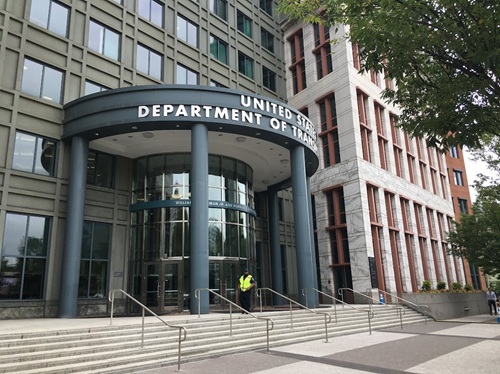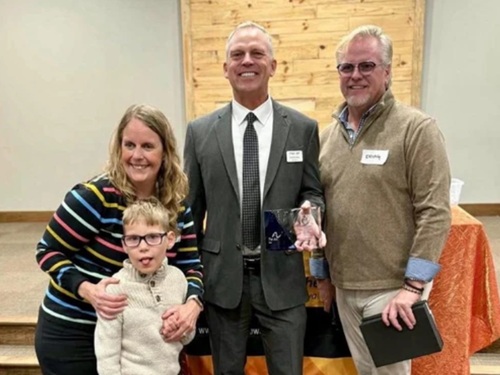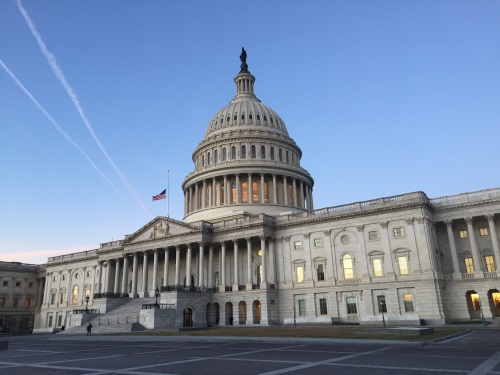The American Association of State Highway and Transportation Officials joined 30 other organizations in support of an American Public Transportation Association-led effort to head off potential cuts in public transportation funding.
At issue is the Senate’s Transportation, Housing and Urban Development, and Related Agencies or THUD 2020 Appropriations bill, which reduces total funding for public transportation by $457 million compared to the fiscal year 2019 enacted levels and does not permanently block an impending $1.2 billion cut to transit formula funds in FY 2020; a block that is in included in the House of Representatives THUD appropriations legislation.

“Infrastructure investment is critical for our nation’s economic growth and now is the time to invest more, not less, in public transportation,” APTA noted in a letter sent to Congressional leadership on October 22; a letter signed by AASHTO and 30 other groups.
“Increased investment will provide the necessary resources to begin to address the more than $90 billion state-of-good-repair backlog in our nation’s transit systems and meet the mobility demands of growing communities,” the letter said. “In addition, we urge you to include a provision in the bill permanently blocking the impending 12 percent across-the-board cut to each public transit agency throughout the country. Immediate action is needed to ensure that this harmful provision does not take effect in FY 2020.”
The letter echoes calls made by APTA earlier this year for more public transit investment, outlined in a 17-page report issued on March 18 during its annual legislative conference in Washington D.C.

Jim Tymon, AASHTO’s executive director, stressed at APTA’s legislative conference that “good transit and rail public policy, programs and funding” help move people in urban, suburban, and rural communities.
“State DOTs from around the country remain committed to providing multimodal transportation solutions for people who cannot or chose not to drive,” he added. “As a result, state and federal investments must continue to grow so that our public transportation and rail systems grow, too.”
 Top Stories
Top Stories
USDOT Issues $1B in Local Road Safety Funding
January 2, 2026 Top Stories
Top Stories

